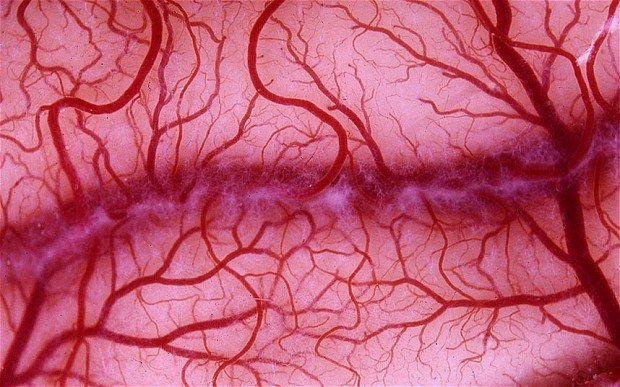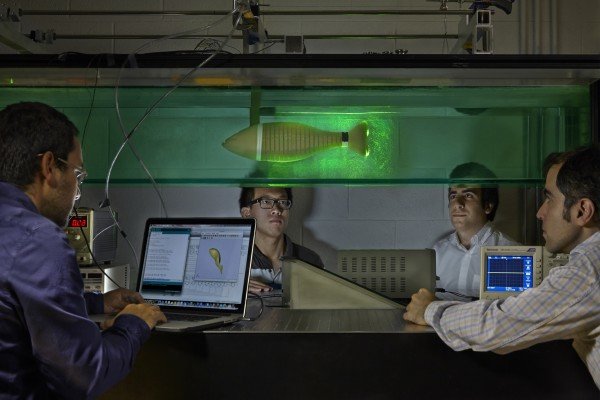Artificial blood vessels which can survive in the body for up to nine months have been created from stem cells by scientists.
Networks of blood vessels derived from human cells were grown on the surface of mouse brains, where they worked as well as natural vessels for up to nine months.
Previous studies using similar methods had failed to produce blood vessels which were durable and long-lasting when grown in animals.
Being able to repair or grow new blood vessels could form the basis of new treatments for conditions such as heart disease and diabetes, researchers said.
Writing in the Proceedings of the National Academy of Sciences journal, researchers described how a type of human stem cell was used to create “vascular precursor cells”, which in turn form blood vessels.
After being implanted onto the surface of mice’s brains, the cells formed into functioning blood vessels within two weeks, and continued to work for up to 280 days.
Similar cells implanted under the skin rather than on the brain also produced blood vessels, but these were shorter-lived and required five times more precursor cells to produce, researchers reported.
Dr Rakesh Jain of Massachusetts General Hospital, who led the study, said: “Our team has developed an efficient method to generate vascular precursor cells from human iPScs and used them to create networks of engineered blood vessels in living mice.
Stem cell technology “has brought enormous potential to the field of cell-based regenerative medicine”, but “the challenge of deriving functional cells from these iPScs still remains,” he added.
Story Source:
The above story is reprinted from materials provided by Telegraph, Nick Collins, Science Correspondent.





